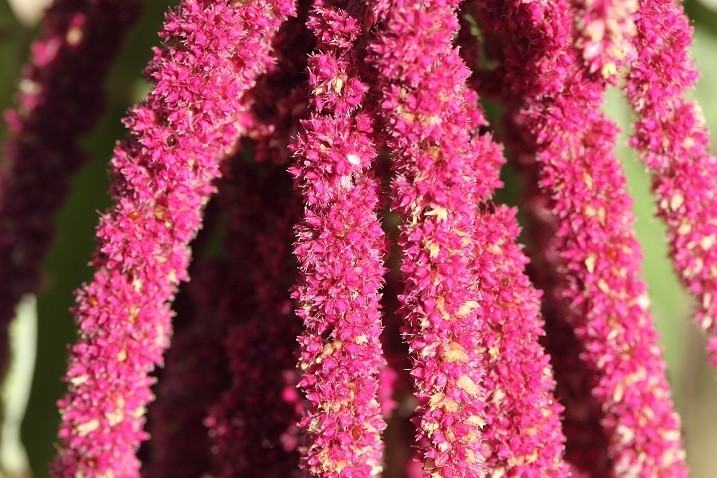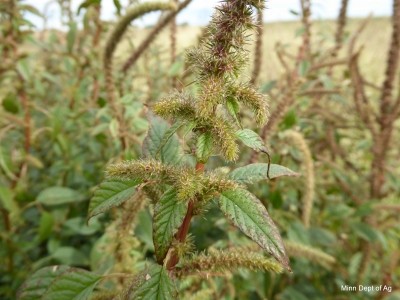Chinese amaranth deal: 'The start of a new fodder industry for Australia'

Asked why Southern Dirt is so keen to promote the introduction of amaranth as a feed crop in Australia, CEO Tracey Hodgkins told this publication: “The results and yields the Chinese have are simply astounding and we need a fast growing, high nutrient value fodder crop if we are to ramp up meat production to meet Chinese demand.”
Hodgkins made these comments in the context of the news that Southern Dirt had struck a deal with Chinese agricultural giant Amaranth Ecology Technology Co to trial amaranth as a feed crop.
Chinese collaboration
“I came across this crop a year ago through a friend of mine and was impressed with the yield and potential of it throughout the world. Since then we have been working through JMM International - one of their [Amaranth Ecology Technology Co] subsidiary companies - to establish the relationship and increase our understanding of the crop potential for Australia,” said Hodgkins.
She continued: “We invited the chairman and CEO of the parent company plus Chinese government officials to our Techspo conference where they offered to sign a deal with us to trial the crop and work with us to distribute the seed if proven successful. What happens next is dependent on it clearing quarantine and the trial results.”
She confirmed that the seeds were now being imported with help from the University of Western Australia for the initial quarantine and testing and that “with a bit of luck” the first trial plots would be planted in May 2018.
She said Southern Dirt would be partnering with “interested growers Australia wide” for the trials and so far had “had a huge volume of interested producers."
About amaranth
Giant amaranth is a hardy dryland plant that has been hailed by Amaranth Ecology Technology Co as a “superfood” for humans and as having “the potential to dominate world [fodder] markets for decades to come”.
Although amaranth was cultivated by the Aztecs and Native Americans over a millennium ago, it is only in the last 30 years that it has been the subject of scientific research by the Chinese. The firm estimates that in China, over two million acres are now given over to the crop.
New king of fodder?
One of the advantages of amaranth from a nutritional perspective is its high protein content; according to Southern Dirt, primary production of giant amaranth contains 26.2% crude protein, 3.7% crude fat, 34.7% fiber and 33.8% carbohydrates.
“The protein in leaves and stems was 1.71% and 5.4% respectively higher than alfalfa, ‘king of fodder’. The protein in grain is more than twice that in wheat, rice and sorghum,” said Hodgkins.
She said the crop could potentially be fed to pigs, cattle or sheep, mixed with other fodder crops such as triticale for grazing, or that growers could silage it for export as the Chinese do.
“The demand is there,” she added.
“This is potentially the start of a new fodder industry for Australia. The amount of land will depend on land and climate suitability and trial results…but hopefully we can produce comparable volumes to China.”








